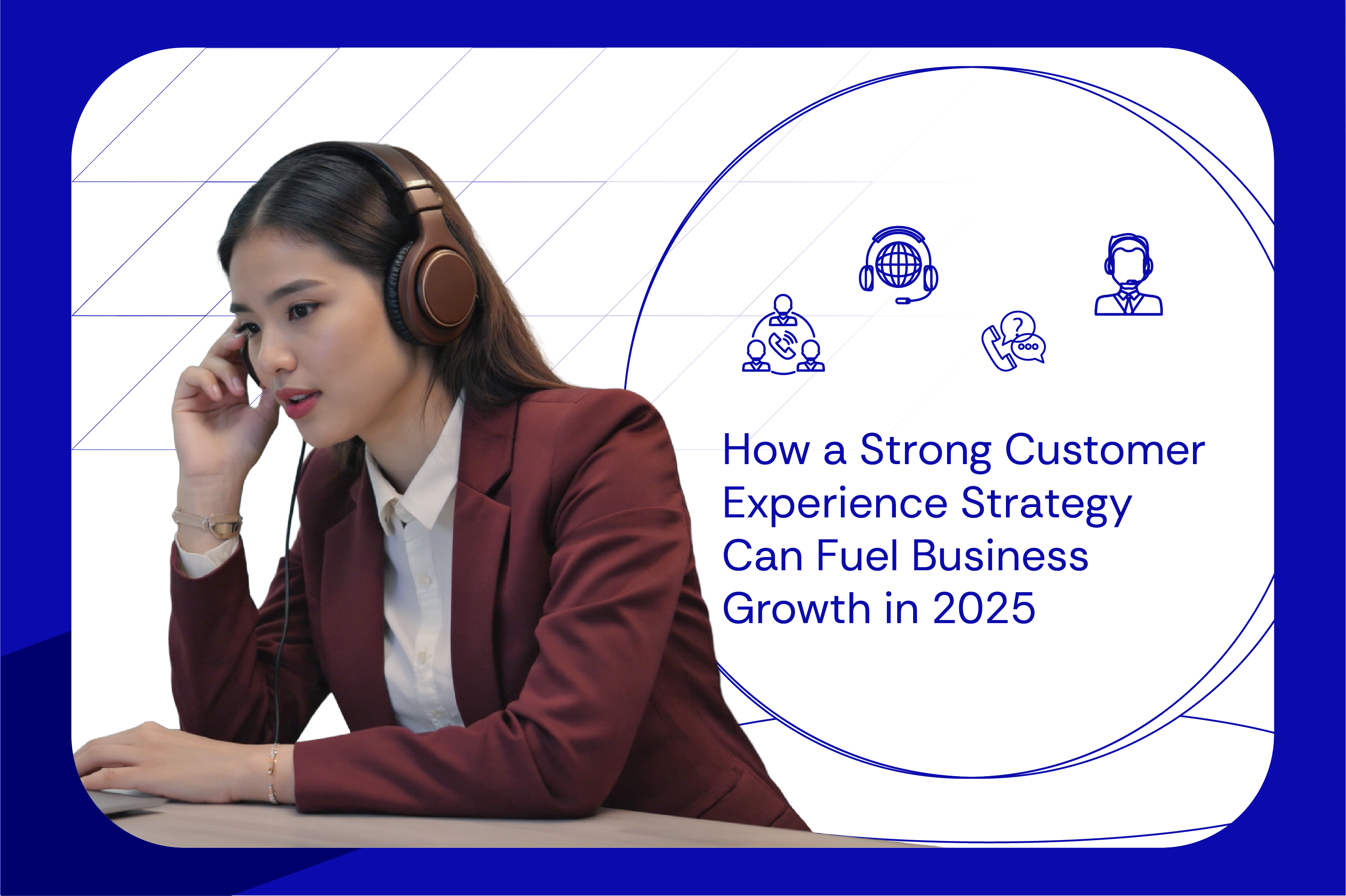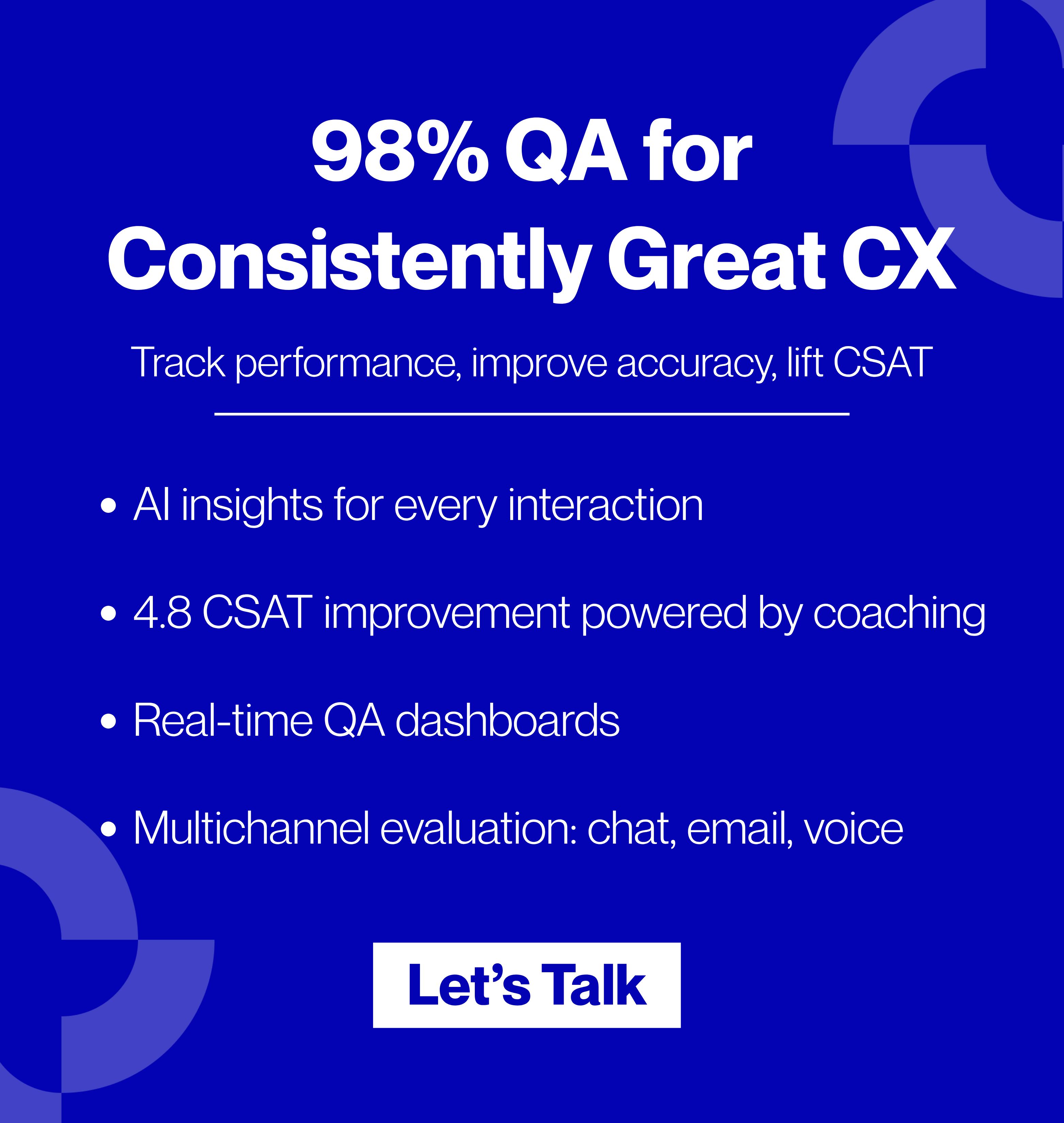Why Customer Experience Strategy Matters Now More Than Ever
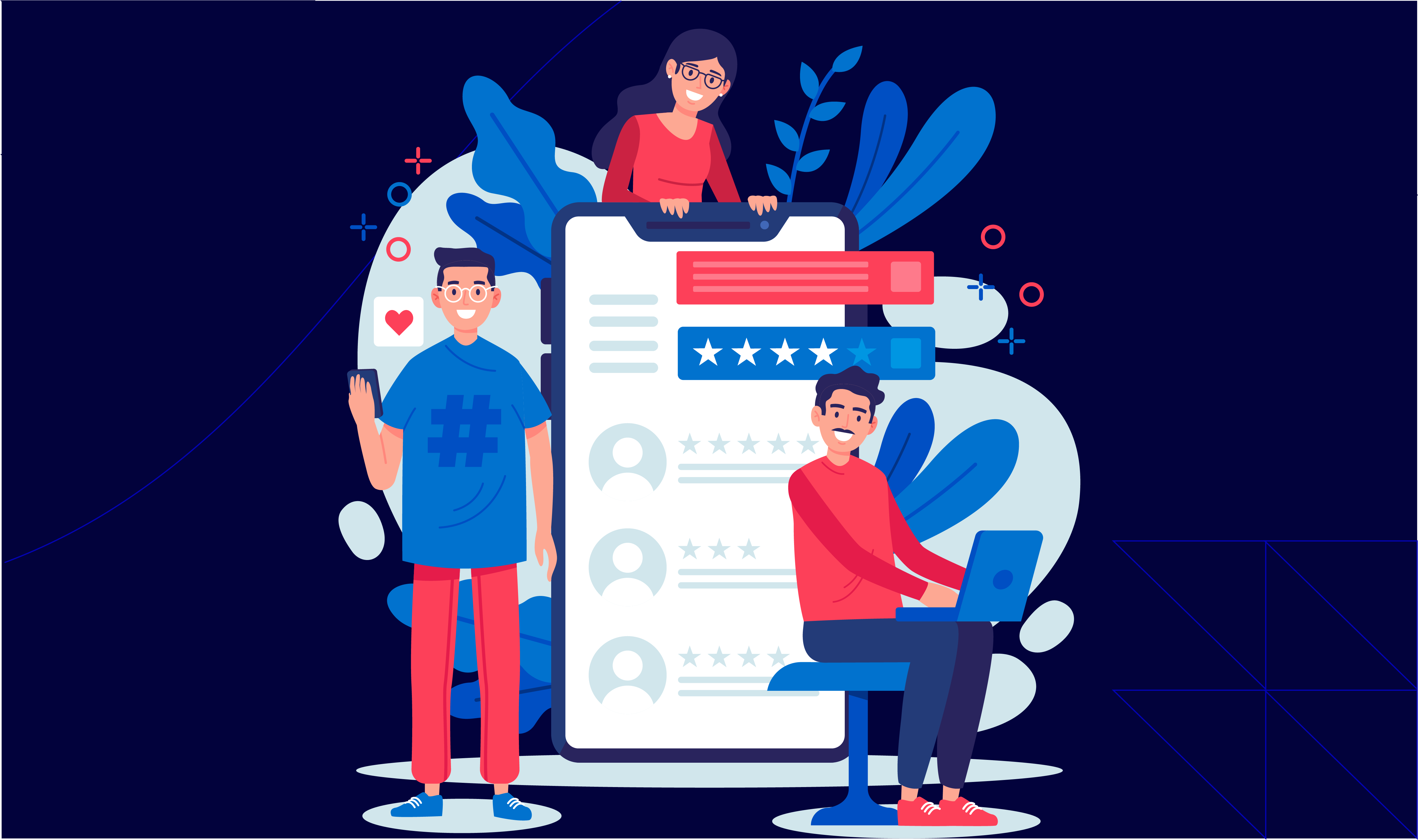
Customers in 2025 have more choices than ever before. Whether it’s a SaaS product, an online retailer, or a B2B service, switching brands is as easy as a few clicks.
So, what keeps people loyal? A great customer experience (CX)—and this is where CX growth becomes a business strategy for consumer brands and D2C companies competing in markets like the US, UK & Australia.
What is a customer experience strategy? It’s the blueprint for how a brand interacts with its customers at every touchpoint—before, during, and after a sale. It’s about more than just support calls or quick response times; it’s about making every interaction seamless, personalized, and effortless.
And the data backs this up:
- A study by Bain & Company revealed that brands that prioritize customer experience grow revenues 4–8% faster than their competitors.
- 86% of buyers are willing to pay more for a great experience, according to Salesforce.
- Companies with a well-crafted CX strategy see a 92% customer retention rate.
If you’re not focusing on customer experience strategies 2025, especially as a VP, Director or Senior Manager responsible for CX, you are missing out on revenue and loyalty.
What Makes a Great Customer Experience Strategy?
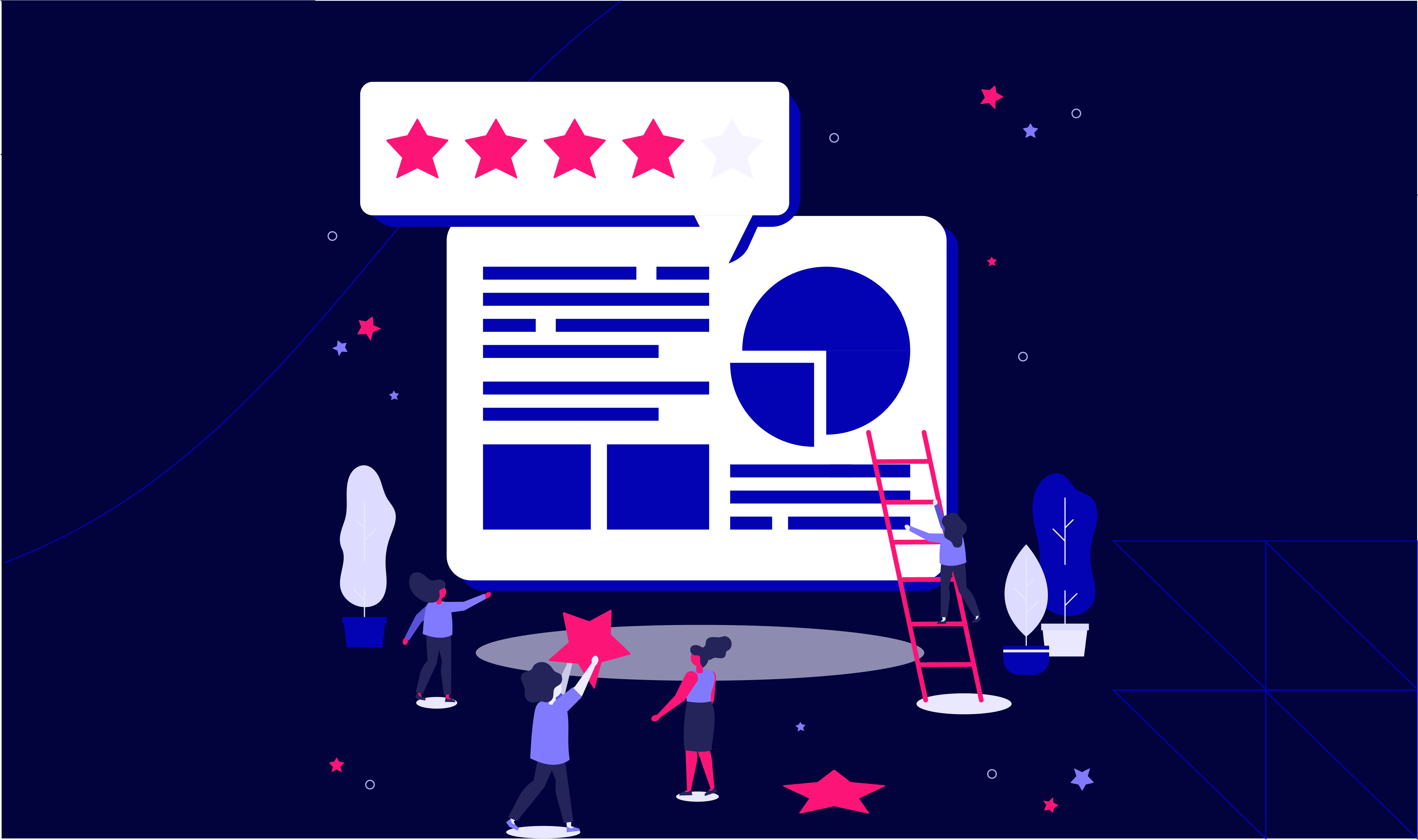
A winning customer experience strategy isn’t just about having a great product or service—it’s about creating effortless, memorable experiences that keep customers coming back. Let’s dive into the elements of customer experience strategies 2025 designed for growth-oriented brands.
1. Personalization
Customers now expect brands to know them in a way that makes their experience seamless, relevant, and effortless.
Think about it:
- Netflix curates a totally unique homepage for every user.
- Spotify’s Discover Weekly feels like your best friend just made you a playlist.
- Amazon anticipates your next purchase before you even do.
So, what can you do to personalize CX like a pro?
- Use AI and data to track behavior—predict what customers want before they even ask.
- Go beyond generic messaging. Consumer brands that personalize interactions by monitoring past purchases and browsing history see increased repeat orders.
- Proactively anticipate needs. If a customer regularly orders skincare, send them a “You might be running low” reminder.
- Ensure customer support teams have access to full customer histories.
2. Omnichannel Support
Let’s be honest—customers don’t think in channels. They don’t care if they DM you on Instagram, email support, or call your hotline. They just want help fast and without repeating themselves.
Most businesses still treat each platform like a separate universe. Now, here’s what great omnichannel support looks like:
- Everything is connected. A customer starts a chat on your website, follows up via email, and calls your support team—but your agents already have the full history.
- Support is available as per the customer’s convenience. Some prefer chat, others phone, others WhatsApp. Offering flexible support options is not optional for brands with high transaction volumes.
- Consistent voice across platforms. Whether on Twitter or email, your brand tone should feel consistent.
If a customer switches channels, it shouldn’t feel like starting over. Brands that get this right don’t just solve problems—they build trust and fuel CX growth.
3. Speed and Efficiency
Customers expect instant solutions, and if they don’t get them? They switch to competitors.
The stats back this up:
- HubSpot reports that 90% of consumers expect an “immediate” response.
- 75% say fast response times are the most important aspect of service.
Here’s how you can make speed your superpower:
- Automate FAQs and order tracking with AI chatbots.
- Empower agents with data for quick resolutions.
- Upgrade self-service portals with searchable, intuitive design.
For CX leaders managing teams of 5+ employees, speed is about internal efficiency so teams can scale without burnout.
4. Emotional Connection with Customers
Research shows that 95% of customer decisions are driven by emotions. Brands that focus on emotional connection outperform competitors by 85% in sales growth.
How to build it:
- Train service teams in empathy and active listening.
- Surprise and delight with small gestures—discounts, notes, upgrades.
- Own mistakes and fix them transparently.
For D2C companies, small but memorable emotional moments create loyal brand advocates who boost organic word-of-mouth growth.
5. Data-Driven CX
Data reveals patterns you’d never catch on your own. The best brands use this to improve every interaction.
- Track NPS, CSAT, and retention.
- Use AI-driven analytics to predict behaviors.
- A/B test new processes and solutions.
Executives in customer experience roles should review these metrics quarterly, to implement CX strategy development.
CX Strategy Trends To Watch Out For In 2025
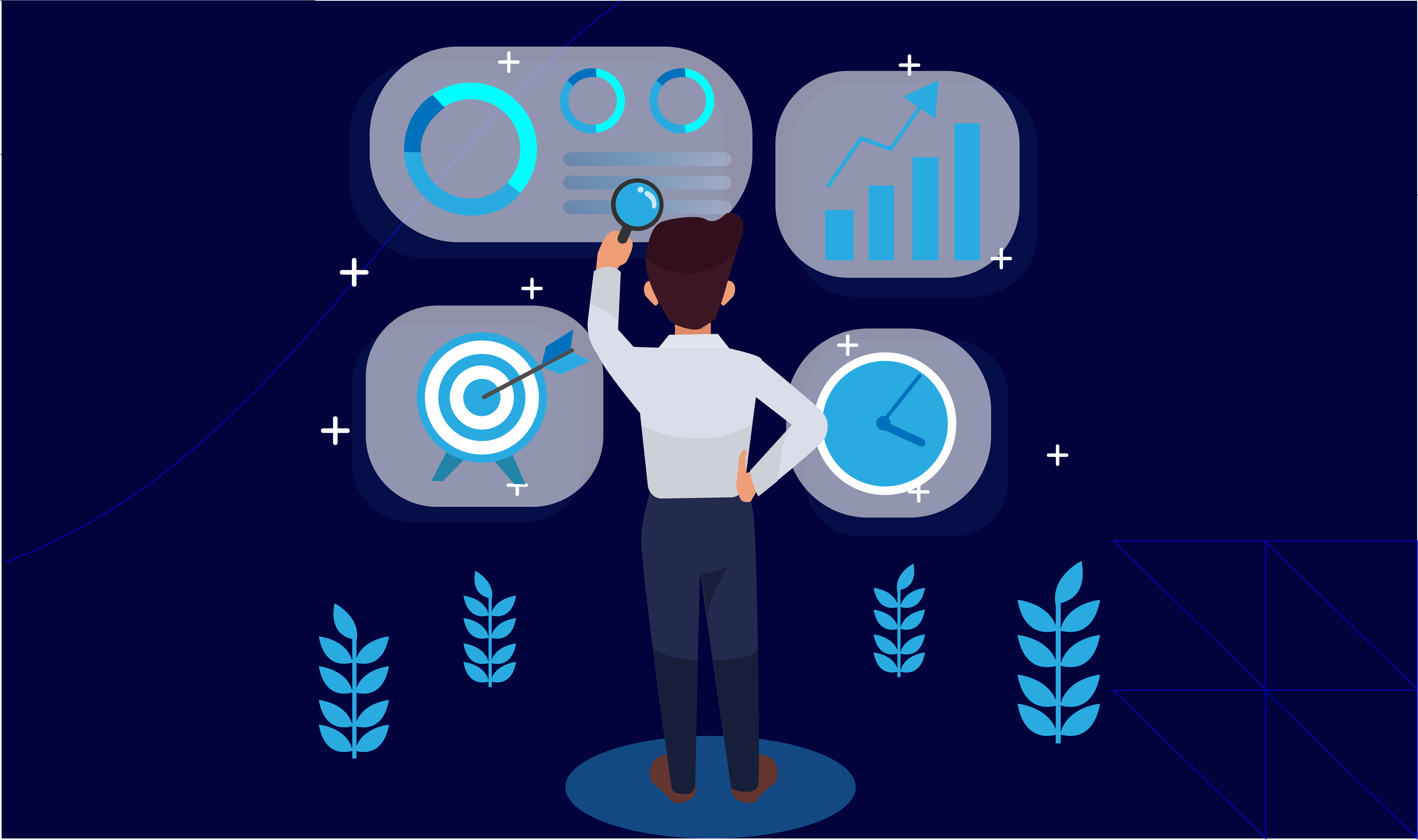
What worked last year won’t cut it now. In 2025, CX strategy is defined by:
- AI-driven support that reduces human workload while boosting satisfaction.
- Hyper-personalization that uses browsing, purchase history, and engagement to anticipate needs.
- Seamless digital experiences across apps, websites, and mobile-first platforms.
For mid-sized consumer brands ($5M+ revenue), outsourcing to CX partners brings in talent, AI capabilities, and omnichannel coverage without the expense of hiring in-house.
Atidiv’s Ideal Customer Profile (ICP)
At Atidiv, we don’t just manage customer support—we help consumer brands and D2C businesses in the US, UK & Australia transform CX.
Our CX expertise is designed for leaders at the VP, Director, and Senior Manager level who need:
- AI-powered support without building internal systems.
- Trained professionals skilled in empathy and de-escalation.
- 24/7 omnichannel support that scales during seasonal peaks.
- Data-driven strategy development tied to measurable results.
Our ideal partners are companies with 5+ employees and $5M+ in revenue that want scalable CX solutions without compromising on quality.
Atidiv aligns strategy with execution, ensuring every customer touchpoint drives loyalty, revenue, and long-term growth.
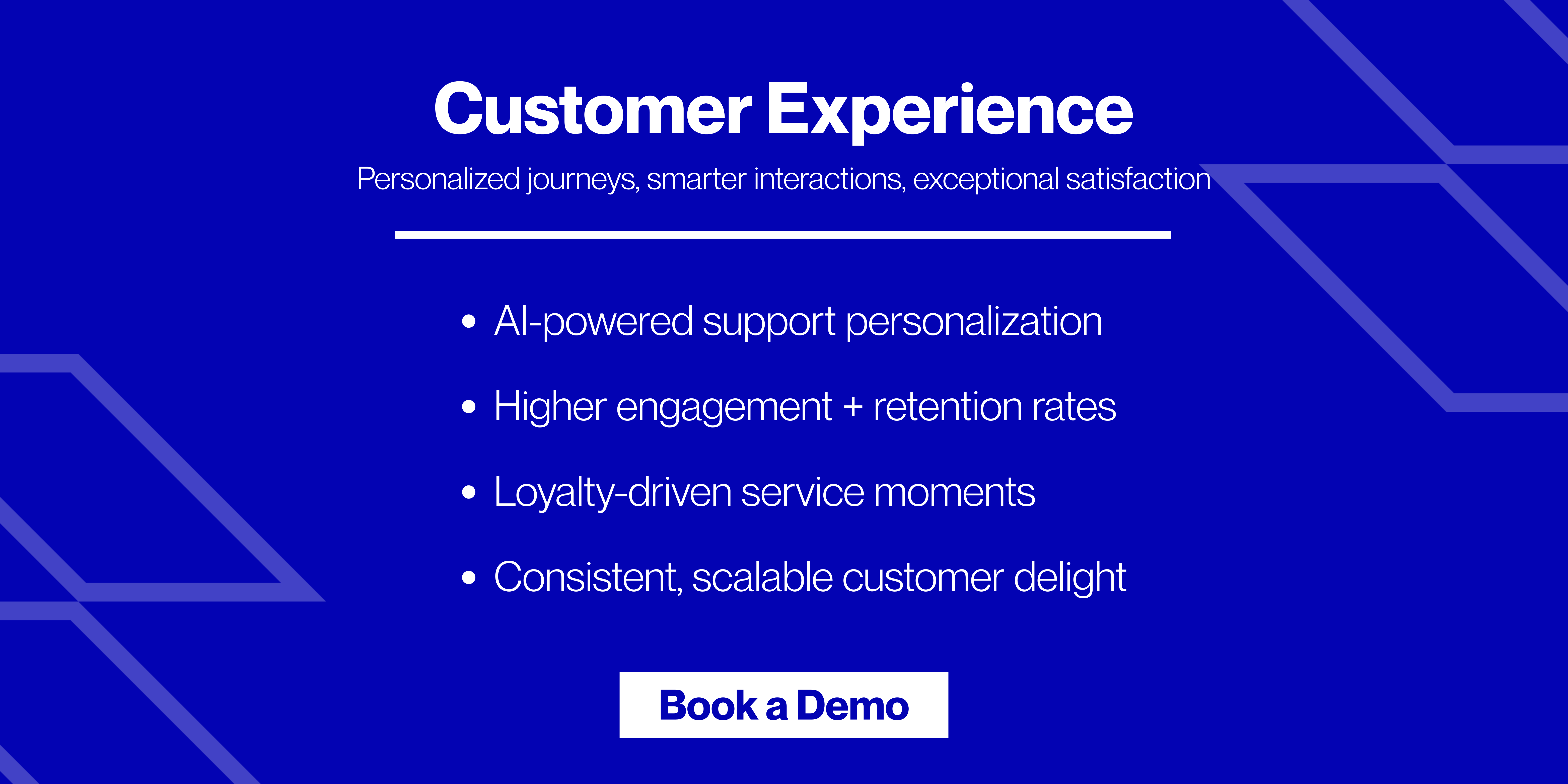
FAQs On Customer Experience Strategy
1. What is a customer experience strategy?
A customer experience strategy is the game plan for how your brand interacts with customers at every touchpoint—before, during, and after a sale. It’s all about making every interaction seamless, personalized, and memorable to keep customers happy and loyal.
2. Why is CX strategy important for business growth?
Because happy customers stick around and spend more! Studies show that companies with strong CX strategies grow revenues 4-8% faster than competitors. In 2025, great CX isn’t a bonus—it’s what keeps customers from jumping to a competitor with just one click.
3. What are the key elements of a winning CX strategy?
It’s all about personalization, speed, omnichannel support, emotional connection, and data-driven insights. If you’re not using AI to personalize experiences, offer real-time support, and constantly improve based on customer data, you’re falling behind.
4. How can outsourcing help improve customer experience?
Outsourcing gives you 24/7 support, trained CX professionals, AI-powered solutions, and instant scalability without the hassle of building an in-house team. Plus, CX experts stay ahead of industry trends, so you get cutting-edge strategies without doing all the heavy lifting.
5. How do I know if my CX strategy is working?
Track key CX metrics like Net Promoter Score (NPS), Customer Satisfaction (CSAT), and retention rates. If your numbers aren’t improving, customers are probably frustrated—and that’s a sign it’s time to tweak your approach or bring in a CX partner (like Atidiv!) to optimize it.
